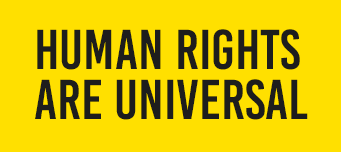The Role of Art in Advancing Human Rights: A Historical Perspective

From the protest songs of the civil rights movement to the political paintings of Picasso, art has long been intertwined with the struggle for human rights. This connection is not coincidental but deeply rooted in art's ability to evoke emotion, challenge perspectives, and create empathy.
"Art does not exist in a vacuum," notes Dr. Elena Mendoza, a scholar of art history and human rights. "It reflects and responds to the social, political, and cultural contexts in which it is created. When those contexts include injustice, art often becomes a form of resistance."
This resistance takes many forms. During periods of censorship, artists have developed symbolic languages to communicate subversive messages. In times of conflict, they have documented atrocities that might otherwise be forgotten. And in moments of social transformation, they have helped imagine new possibilities for justice and equality.
The tradition continues today, with contemporary artists using new media and approaches to address pressing human rights issues. Digital art, performance, installation, and social practice are expanding the ways in which creative expression can contribute to human rights discourse.
At the Human Rights Are Universal Festival, we celebrate this rich tradition and provide a platform for artists to continue this important work. By bringing together diverse artistic voices, we hope to inspire new perspectives and actions in the ongoing struggle for human rights.





